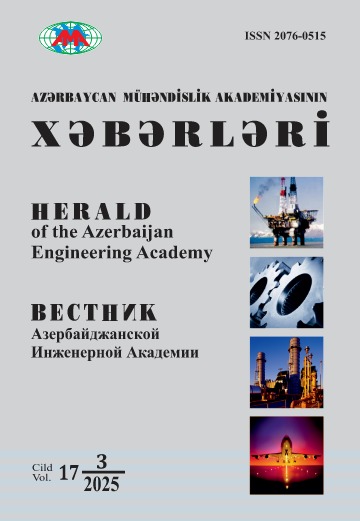Inertial Errors in Air Data and Inertial Reference Systems (ADIRS): Practical Identification and Mitigation
DOI:
https://doi.org/10.52171/herald.308Keywords:
ADIRS, pitot–static, inertial errors, pneumatic lag, g-sensitivity, vibration, synchronization, integrity monitoring, smart air data probeAbstract
Air Data and Inertial Reference Systems (ADIRS) consist of pitot tubes, static ports, angle-of-attack (AoA) sensors, sometimes total air temperature (TAT) sensors, and strapdown inertial sensors to estimate airspeed, altitude, attitude, and acceleration. During maneuvers, turbulence, icing, or vibration, inertial effects distort (i) the aerometric channel (pressures, AoA) and (ii) the inertial channel itself (accelerometers, gyroscopes). This paper explains the main error mechanisms in simple terms, shows how engineers detect and separate them in data, and summarizes practical hardware and algorithmic mitigations that fit within certification constraints.
Downloads
Published
How to Cite
Issue
Section
License

This work is licensed under a Creative Commons Attribution-NonCommercial 4.0 International License.



